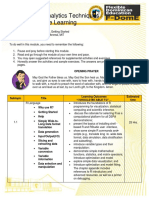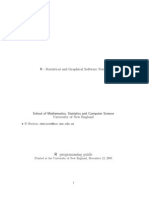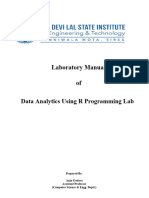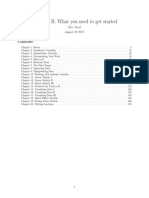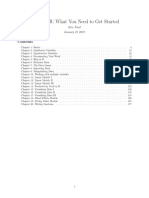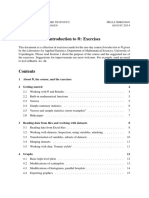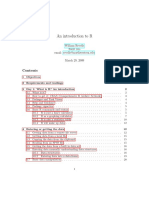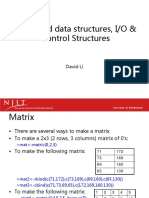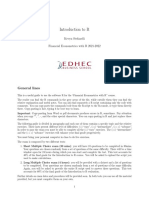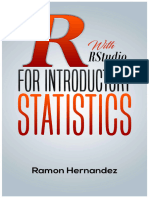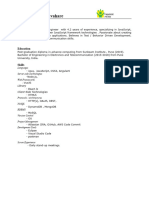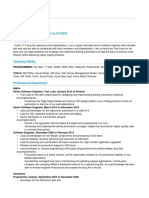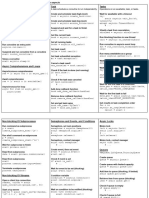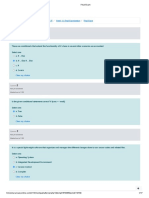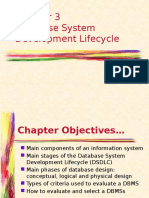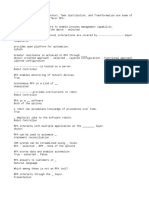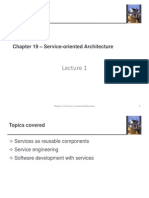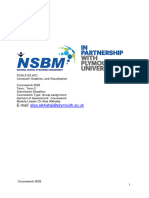0% found this document useful (0 votes)
98 views33 pagesW1 Class Overview and R Basics
This document provides information about the CS636 Data Analytics with R Programming course. The course will be taught on Saturdays from 9:00 am to 11:50 am in room 160 of Fenster Hall. The instructor is David Li and the TA is Maggie Zhang. Students will need to purchase 3 textbooks and the course website is on the NJIT Canvas system. Requirements include homework, labs, projects, quizzes, a midterm, and a final exam. The goal is for students to gain proficiency in R programming and data analytics techniques.
Uploaded by
sujithCopyright
© © All Rights Reserved
We take content rights seriously. If you suspect this is your content, claim it here.
Available Formats
Download as PDF, TXT or read online on Scribd
0% found this document useful (0 votes)
98 views33 pagesW1 Class Overview and R Basics
This document provides information about the CS636 Data Analytics with R Programming course. The course will be taught on Saturdays from 9:00 am to 11:50 am in room 160 of Fenster Hall. The instructor is David Li and the TA is Maggie Zhang. Students will need to purchase 3 textbooks and the course website is on the NJIT Canvas system. Requirements include homework, labs, projects, quizzes, a midterm, and a final exam. The goal is for students to gain proficiency in R programming and data analytics techniques.
Uploaded by
sujithCopyright
© © All Rights Reserved
We take content rights seriously. If you suspect this is your content, claim it here.
Available Formats
Download as PDF, TXT or read online on Scribd
/ 33
